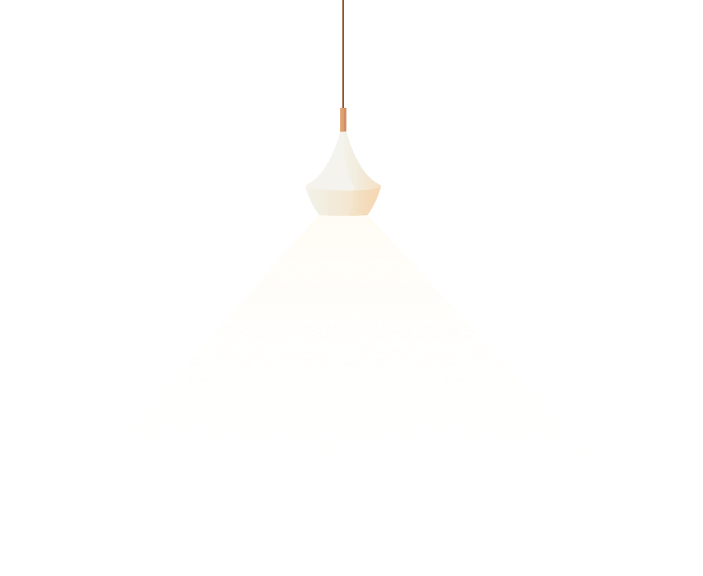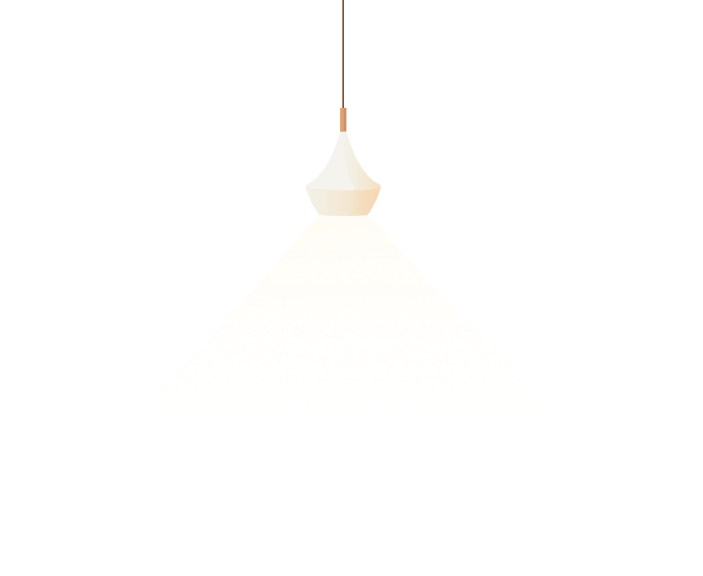India Map States And Capital
India Map States And Capital
Do you want to explore the diverse culture and breathtaking landscapes of India? Look no further than India Map States and Capital. With its 28 states and 8 union territories, India offers a unique blend of ancient traditions and modern innovations that will leave you in awe.
As a tourist, navigating the vastness of India can be overwhelming. From language barriers to cultural differences, it’s easy to get lost in translation. Additionally, safety concerns and transportation logistics can be challenging to navigate, especially if you’re traveling solo.
Despite these challenges, India has plenty to offer for tourists. From the iconic Taj Mahal in Agra to the serene backwaters of Kerala, there are countless must-see destinations throughout the country. Take a stroll through the colorful streets of Jaipur, or explore the bustling metropolis of Mumbai. Don’t forget to indulge in the delicious cuisine and immerse yourself in the vibrant local culture.
India Map States and Capital offers a wide range of experiences for tourists, from historic landmarks to natural wonders. While navigating the language and cultural barriers can be challenging, the opportunity to explore this beautiful and diverse country is worth the effort.
Personal Experience with India Map States and Capital
During my travels to India, I was struck by the rich history and deep spirituality of the country. From the chaotic streets of Delhi to the tranquil beauty of the Himalayas, India left a lasting impression on me. I highly recommend visiting the Golden Temple in Amritsar, where you can witness the Sikh community’s generosity and devotion firsthand.
The Importance of Cultural Sensitivity
As a foreigner visiting India, it’s essential to respect the local customs and traditions. Dress modestly, and be mindful of your behavior in religious sites. Take the time to learn a few phrases in Hindi or the local language, and always be polite and courteous to locals.
Transportation and Safety
Getting around India can be challenging, but there are plenty of options available. From trains and buses to taxis and tuk-tuks, there’s something for every budget and comfort level. However, it’s essential to prioritize safety and be cautious when traveling alone, especially at night.
Accommodations and Food
India offers a range of accommodations, from budget-friendly guesthouses to luxurious resorts. Be sure to do your research and book in advance, especially during peak travel seasons. Don’t miss out on the delicious street food and local cuisine, but be mindful of food hygiene and potential stomach issues.
FAQs
What is the best time to visit India?
The best time to visit India is during the winter months (November to February) when the weather is cooler and more comfortable for sightseeing.
Do I need a visa to travel to India?
Yes, most foreign nationals require a visa to enter India. You can apply for a visa online or at your nearest Indian embassy or consulate.
What is the local currency in India?
The local currency in India is the Indian rupee (INR). It’s recommended to exchange currency at authorized money changers or banks to avoid scams.
What are some must-see destinations in India?
Some must-see destinations in India include the Taj Mahal, Jaipur, Kerala’s backwaters, Goa’s beaches, and the Himalayas.
Conclusion of India Map States and Capital
India Map States and Capital offers an unforgettable travel experience for those willing to embrace the country’s rich culture and diverse landscapes. From historic landmarks to natural wonders, there’s something for everyone in this beautiful country. With a little planning and cultural sensitivity, you can make the most of your trip to India.





